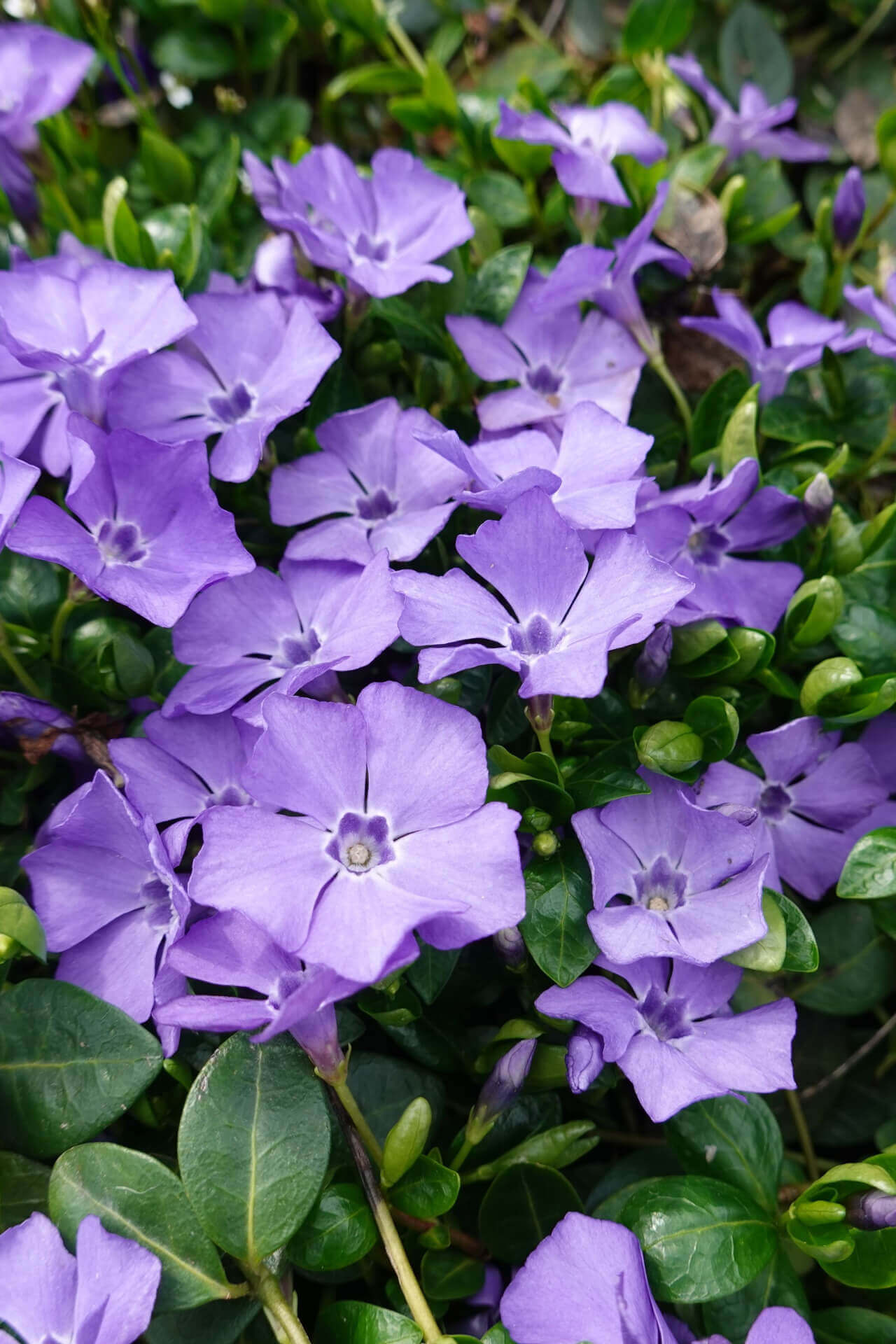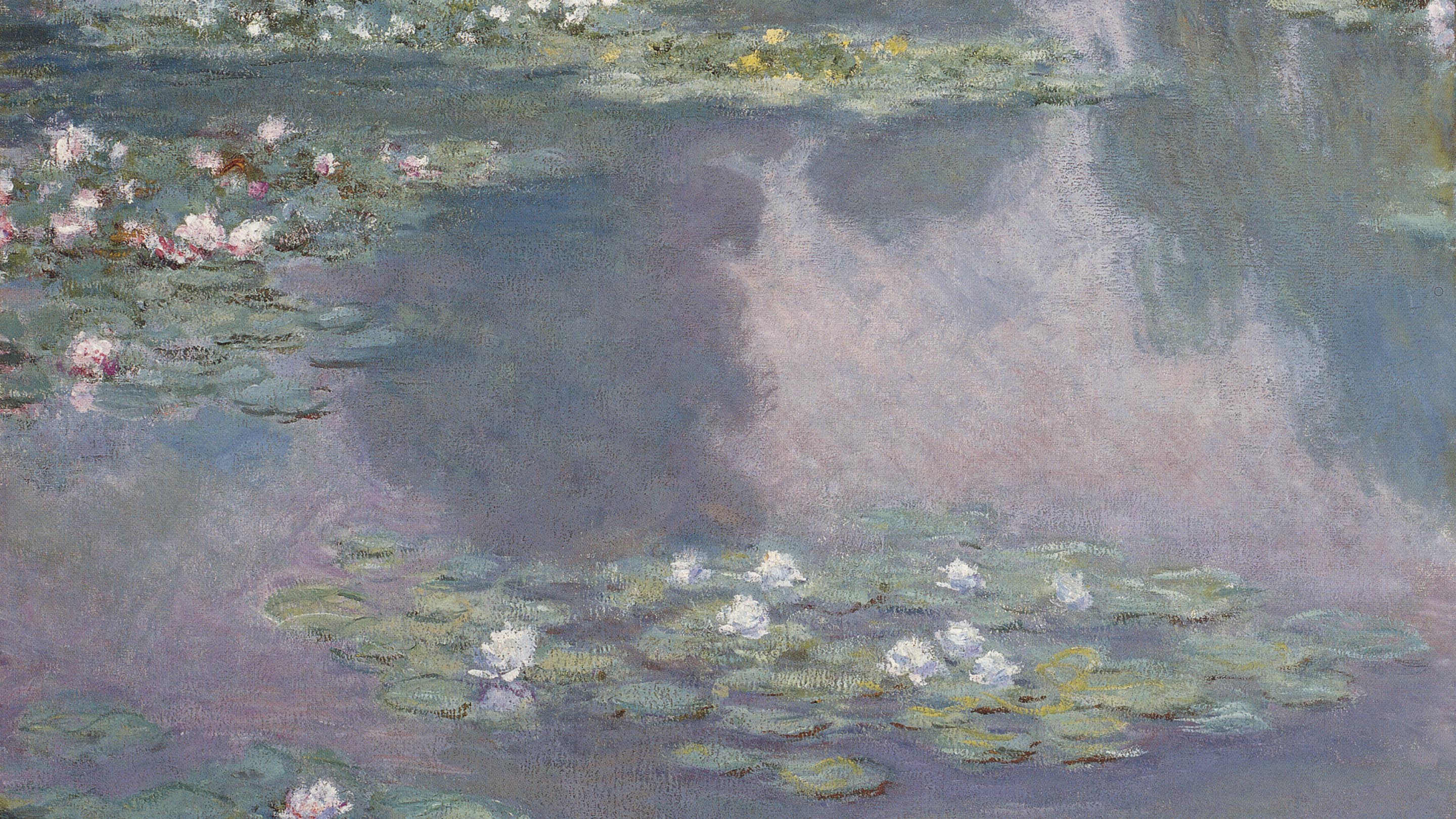Walk: Hood errands
Distance: 5 miles
So there's a color that speaks deeply to and confounds Ciwt. One of her favorite paintings couldn't have been made without it:
 |
| Claude Monet, The Magpie, 1868-1869, oil on canvas |
Nor would those last fifteen minutes before the sun disappears from San Francisco sky be as stirring:
It's named after a pretty plant - that can also be invasive and poisonous, especially to dogs. In some religious settings, the lovely bloom is known as the 'flower of death.'
 |
| Vinca minor |
Artists, especially the Impressionists, used periwinkle for years in the 1800's, but the color's name didn't enter the language until the 1920's. It comes from Old English, from the word perwince or maybe from the Latin, pervinca. But then in Russia you also have a flower named pervinka.
Periwinkle has always been a plant first, whose flowers inspired the color. Oh, yeh, there's a snail called the periwinkle snail but its slime is not a purple color and there is no indication where it got its name. And did Ciwt mention, there are white periwinkles?
On and on the color's elusiveness goes. It can be difficult to pin down, to name. But subtle, complex periwinkle's effect is deep and strong: it evokes a sense of freshness, comfort, serenity, calmness, peace.
 |
| Claude Monet, Water Lilies, 1905 |
 |
| Claude Monet, Water Lilies, 1907 |

No comments:
Post a Comment